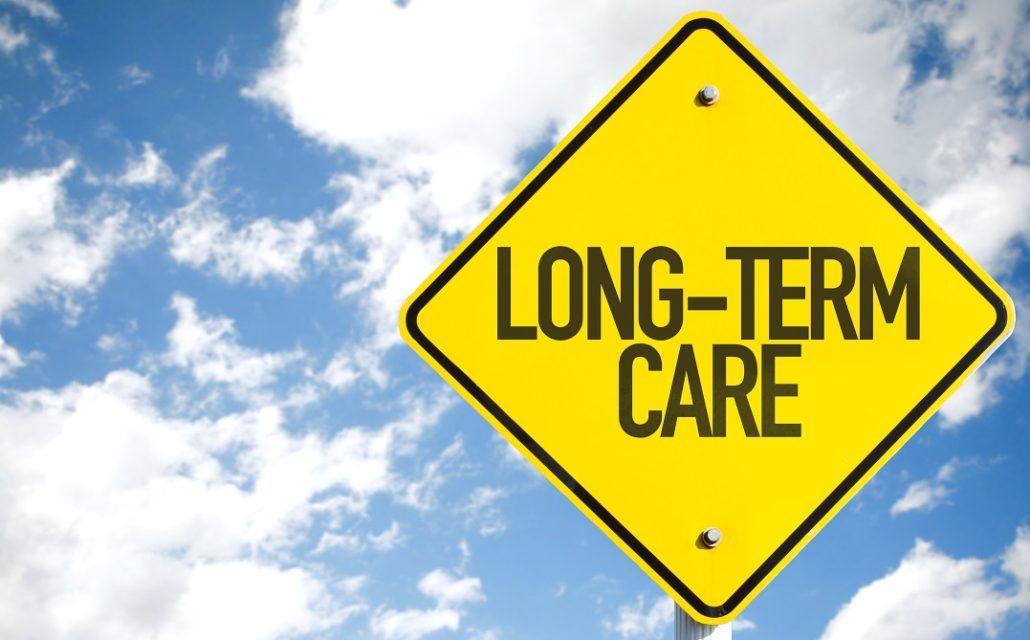The debate over health care in the U.S. is shifting toward a single-payer system. Virtually all Democratic candidates and elected officials are either advocating for a complete government-run plan or for an incremental movement toward a single-payer system.
The Fraser Institute is a well respected think tank in Vancouver, British Columbia. The organization has tracked wait times for health care in Canada for the past 20 years. It surveys specialist physicians across 12 specialties throughout Canada. The institute recently released the data for 2018. (here)
The median time for specialty treatment once a patient was referred by a primary care doctor was 20 weeks. The low was 15 weeks in Saskatchewan, with a high of 45 weeks in New Brunswick. On average, patients waited nine weeks to see a specialist and then waited an additional 11 weeks to receive treatment. Only 12 percent of delays in treatment were at the patient’s request.
There were also delays in diagnostic procedures. Canadians waited four weeks to receive a CT scan or an ultra sound and 10 weeks to receive an MRI.
The Canadian federal government passed the Canadian Health Care Act (CHA) in 1984. It is a pure single-payer system. Every Canadian is covered by the plan and theoretically has access to medical care. The provinces administer the plan with funding from federal taxpayers. The government determines what procedures are medically necessary based on data and statistics. (here)
The supply of health care is overwhelmed by the demand in Canada leading to severe shortages. Consequently medical care is rationed through the use of long waiting lists and through limits placed on the number of certain medical procedures.
Long wait times are more than an inconvenience for Canadians. Simple medical problems, if not treated early, can turn into chronic or life-threatening conditions. Wait times at the very least prolong pain and suffering for patients. In Canada, health care costs have skyrocketed and now represent the largest expense for every province’s budget. Ontario, for example, spent 43 percent of its budget on health care in 2010. Estimates show that Ontario will spend 80 percent of its budget on health care in 2030.
Almost 90 percent of Canadians live within driving distance of the United States. For those Canadians who can afford it and do not want to wait, quality health care is available in the U.S. without waiting. In reality, Canada has a two-tiered health care system, with the U.S. providing timely care for those willing and able to travel and pay more.
Canada has a 40 years experience with a single-payer health care system. Although the majority of Canadians like their system, their culture is different than that in the U.S. (here) Wait times of 20 weeks for treatment would not be acceptable to the overwhelming majority of Americans.
The fundamental issue is that a single-payer system can insure everyone, but it does not in any way guarantee timely access to health care. Americans should remember this point, should take the Canadian experience seriously, should reject a complete government-run system, and should force elected officials to reform health care so that patients are in charge, not bureaucrats.





